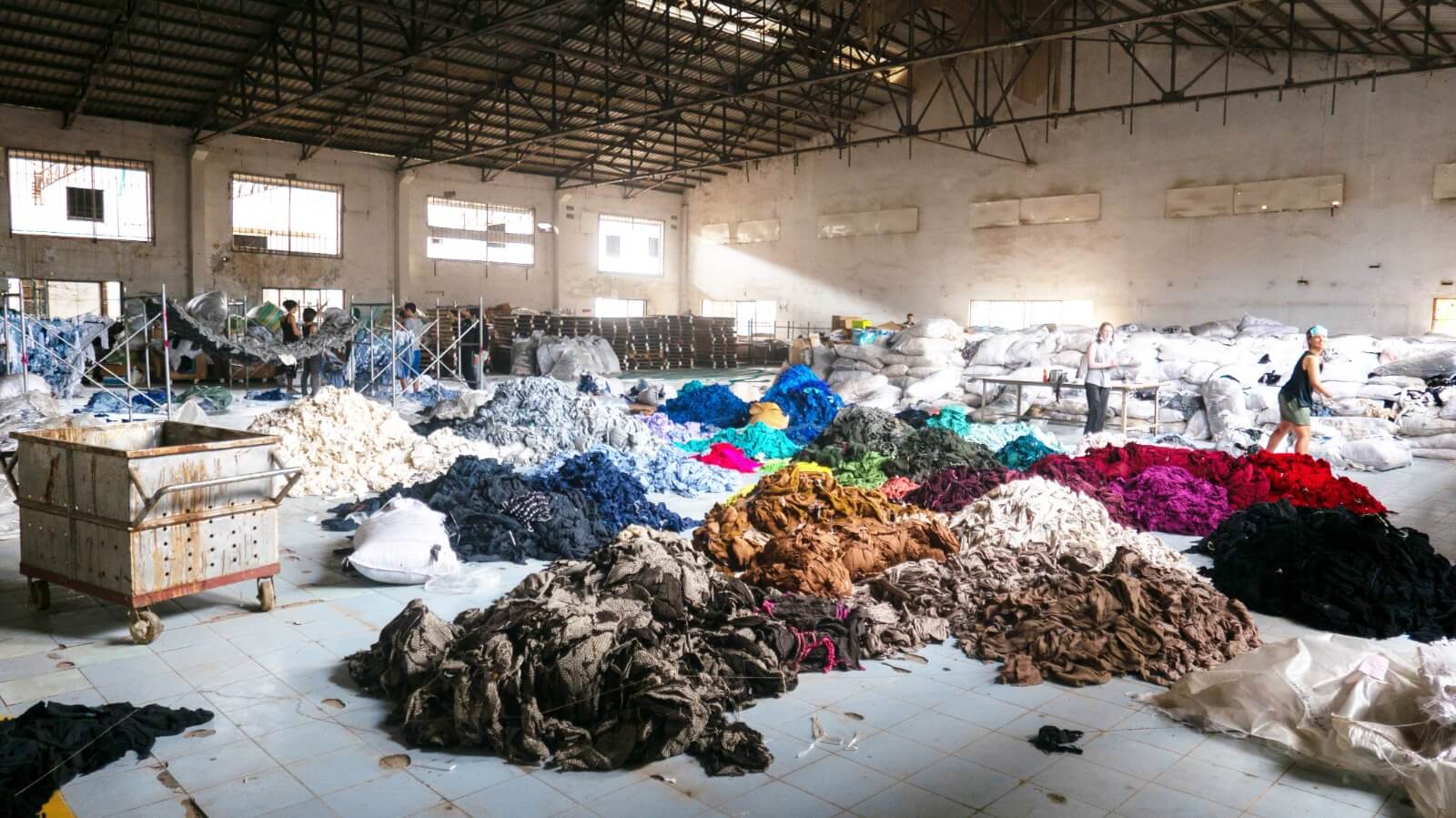The transformation process is also quite complex, beginning with fibers and yarn and ending with fabrics that involve various operations and produce various types of specific products
While the textile sector is well-known for its many positive contributions to the economy, it is also well-known for its considerable environmental and social issues when it comes to long-term sustainability
Climate change, resource depletion and the destruction of the natural environment are existential crises for humankind. The fashion and textiles industry has a significant adverse environmental and social impact and is cited as the joint third highest emitter of greenhouse gases globally.
Currently, a large percentage of textiles end up in landfills or are incinerated, rather than being recycled or reused.
